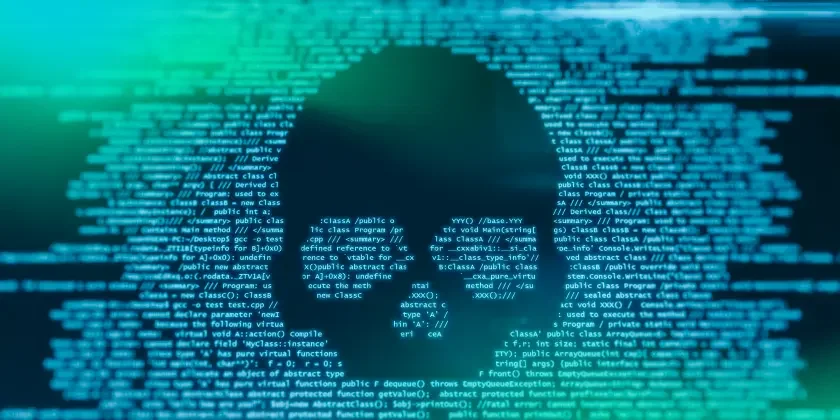What is CVE-2017-11882 vulnerability?
CVE-2017-11882 is a remote code execution (RCE) vulnerability in Microsoft Office’s Equation Editor, a legacy component meant for mathematical equation editing. The flaw exists due to memory corruption caused by improper handling of objects in memory when processing malformed input. Exploiting this vulnerability enables attackers to execute arbitrary code, typically by encouraging users to open malicious Office documents, potentially compromising system integrity and confidentiality.
When was it discovered?
CVE-2017-11882 was first publicly disclosed in November 2017 by Microsoft with credit given to various unnamed researchers. A patch was released the same month as part of Microsoft’s Security Updates. Over the years, it has been actively exploited in the wild, making robust patch management critical.
Affected products & versions
Product | Versions Affected | Fixed Versions / Patch Links |
Microsoft Office | Office 2007, 2010, 2013, 2016 |
CVE-2017-11882 technical description
CVE-2017-11882 stems from a stack-based buffer overflow in Microsoft Equation Editor. Malicious actors exploit this by crafting specially formatted Office documents that, when opened, trigger the vulnerability. The exploitation bypasses most modern security mitigations since the Equation Editor operates independently of main Office components. When manipulated, this memory corruption allows an attacker to deliver and execute malicious payloads on the victim's machine.
Tactics, Techniques & Procedures (TTPs)
Attackers often distribute malicious Office documents (.doc and .rtf formats) via spear-phishing campaigns. These files deploy CVE-2017-11882 exploit code designed to drop malware or establish backdoors, leveraging Equation Editor’s outdated codebase.
Indicators of Compromise
Indicators of compromise include suspicious documents with payloads targeting Equation Editor. Monitor for unusual process activities such as EQNEDT32.EXE execution or unexpected file downloads initiated by Office documents. Reviewing DNS queries and outbound traffic to known malicious command-and-control (C2) domains is also recommended.
Known Proof-of-Concepts & Exploits
Numerous proof-of-concept (PoC) exploit scripts are available publicly, such as those in GitHub repositories. Threat actors like FIN7 and APT groups have used these exploits in targeted attacks against industries like finance and healthcare since 2017.
How to Detect CVE-2017-11882 Vulnerability?
Detection can be achieved through robust managed SIEM rules and endpoint monitoring. Hunt for suspicious activities involving EQNEDT32.EXE and analyze related Office document metadata. Log sources such as event logs, application logs, and file access records can uncover exploitation attempts. Tools like EDR can flag malicious behavior indicative of CVE-2017-11882 attempts.
Impact & Risk of CVE-2017-11882 Vulnerability
Exploitation of CVE-2017-11882 compromises system integrity and typically leads to malware infection, data exfiltration, or further exploitation in a network. The business risk is high, especially for unpatched systems, as it could lead to significant loss of data confidentiality, delays, and reputational harm.
Mitigation & Remediation Strategies
Apply Microsoft’s November 2017 Security Updates as the most effective mitigation. Organizations unable to patch should disable Equation Editor by registry modification as a temporary workaround. Threat hunting practices, such as scanning for malicious Office documents and monitoring process creation, help reduce exposure.
CVE-2017-11882 Vulnerability FAQs
CVE-2017-11882 is a remote code execution (RCE) vulnerability in the Microsoft Equation Editor, caused by memory corruption. Attackers exploit it via malicious Office documents, allowing them to execute arbitrary commands on a victim’s computer.
Systems are typically infected when users open weaponized Office documents sent via phishing emails. Once opened, malicious code exploits the vulnerability in Equation Editor, deploying malware or providing attackers with unauthorized access.
Despite Microsoft’s patch from 2017, systems without the update or relying on unsupported Office versions remain vulnerable. Regular patching and monitoring are crucial to mitigating lingering risks in legacy systems.
Organizations should promptly install Microsoft’s security updates, disable the Equation Editor if patching isn’t possible, and monitor for abnormal activities involving the EQNEDT32.EXE process. Implementing advanced endpoint detection can also help flag exploit attempts.




Protect What Matters








